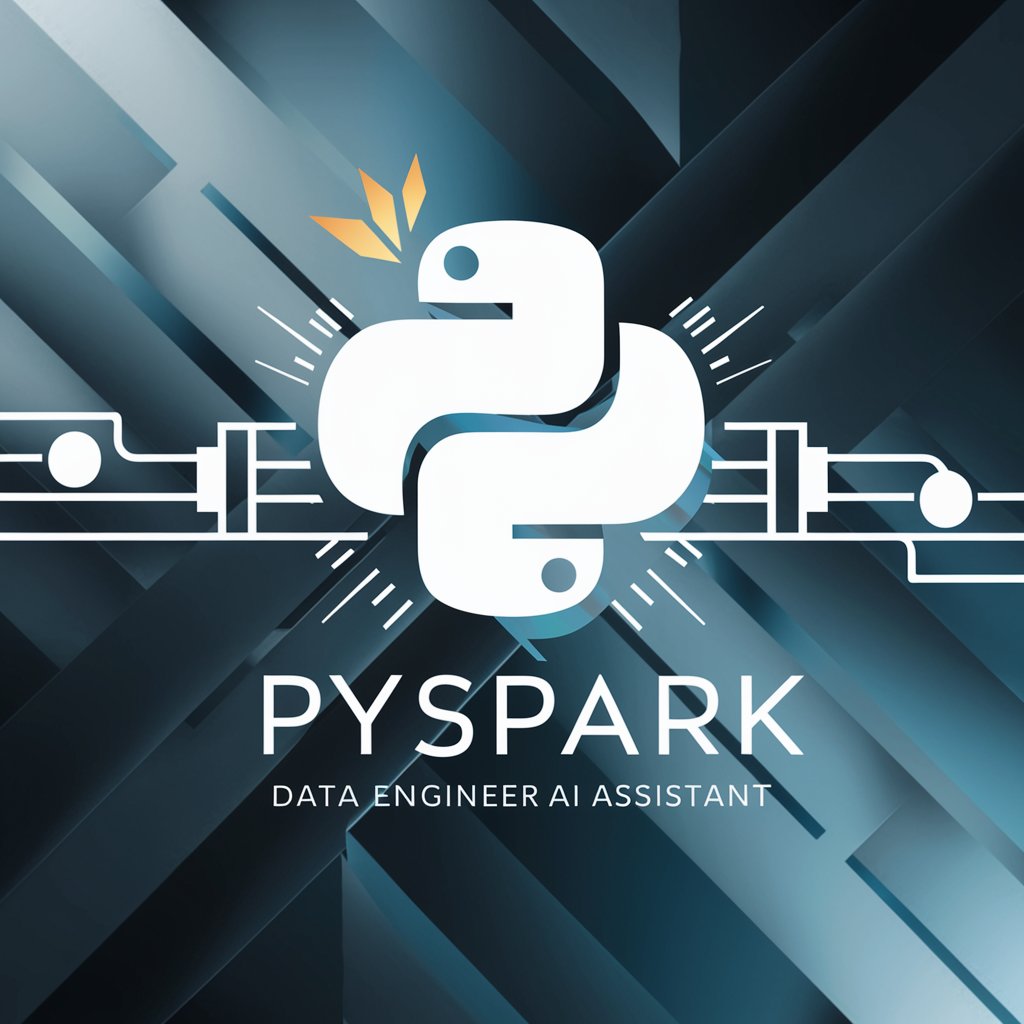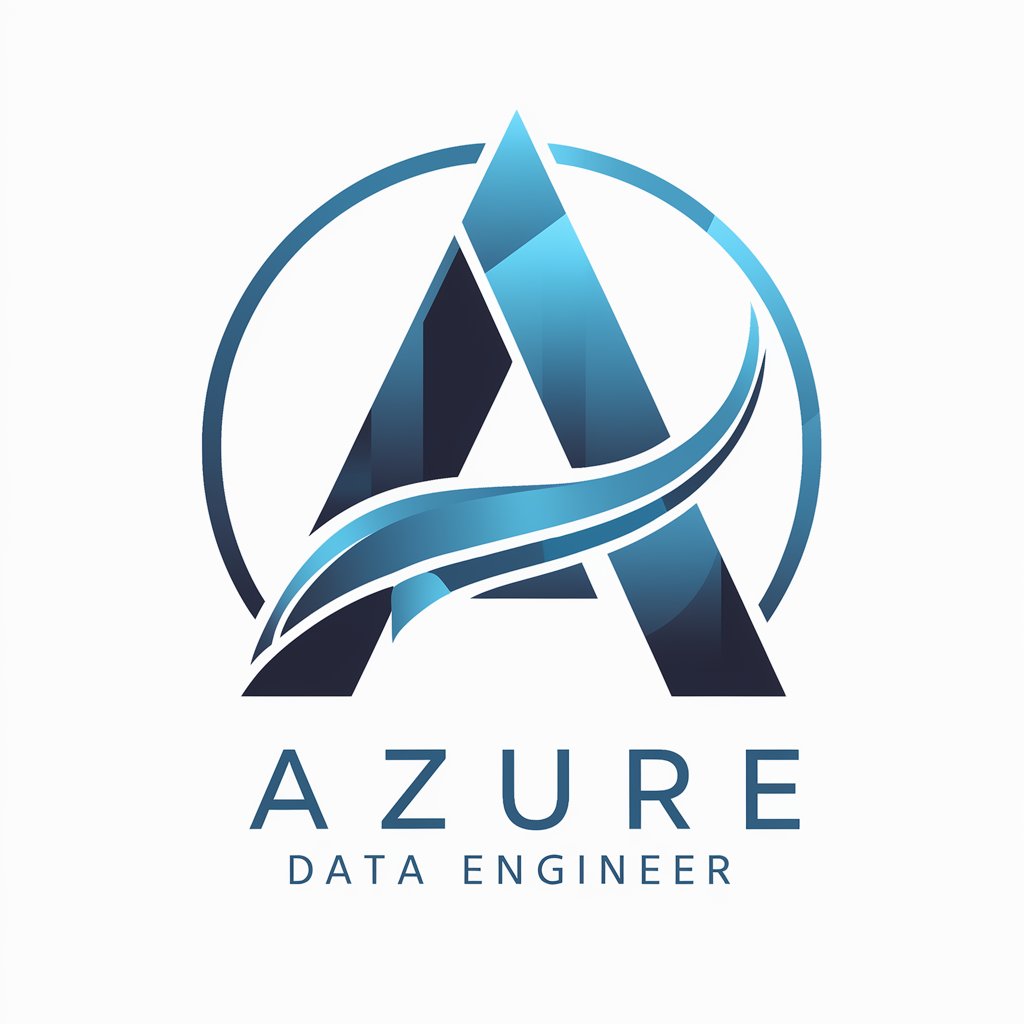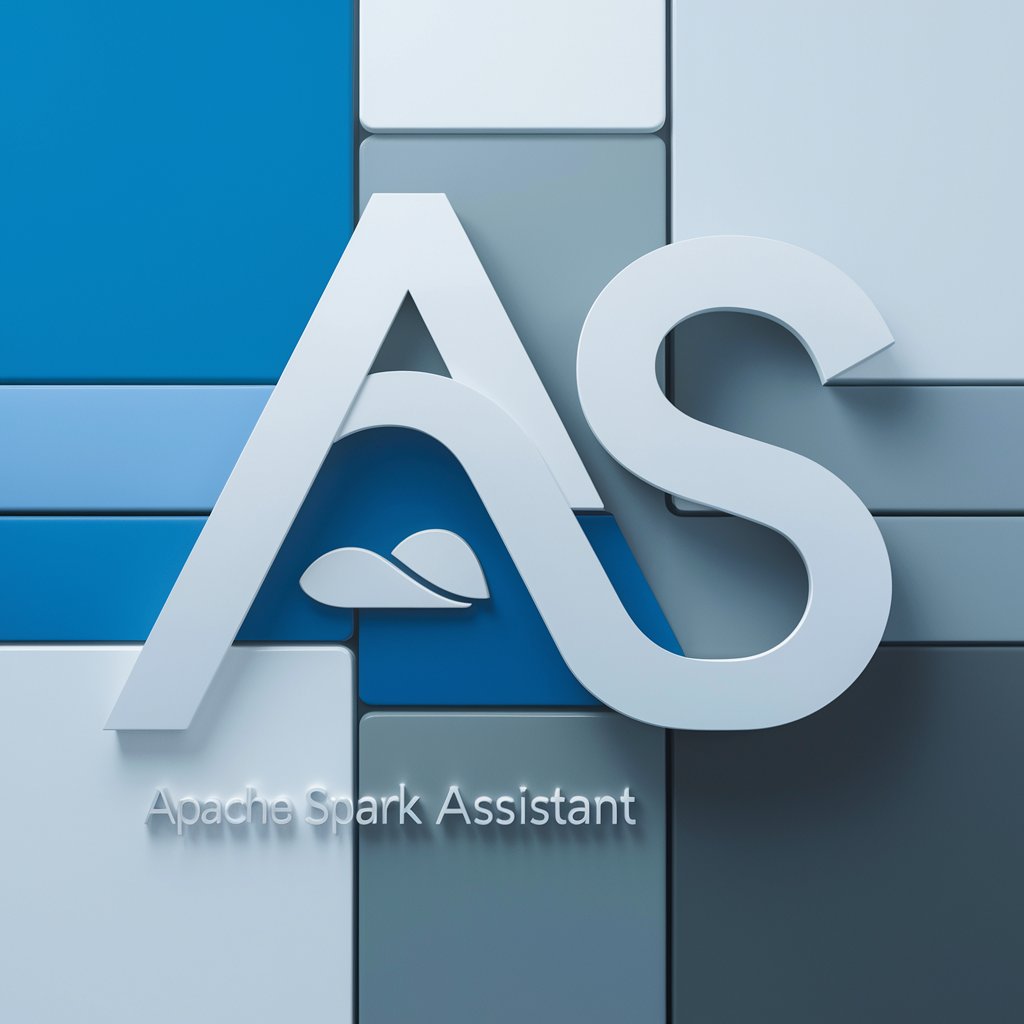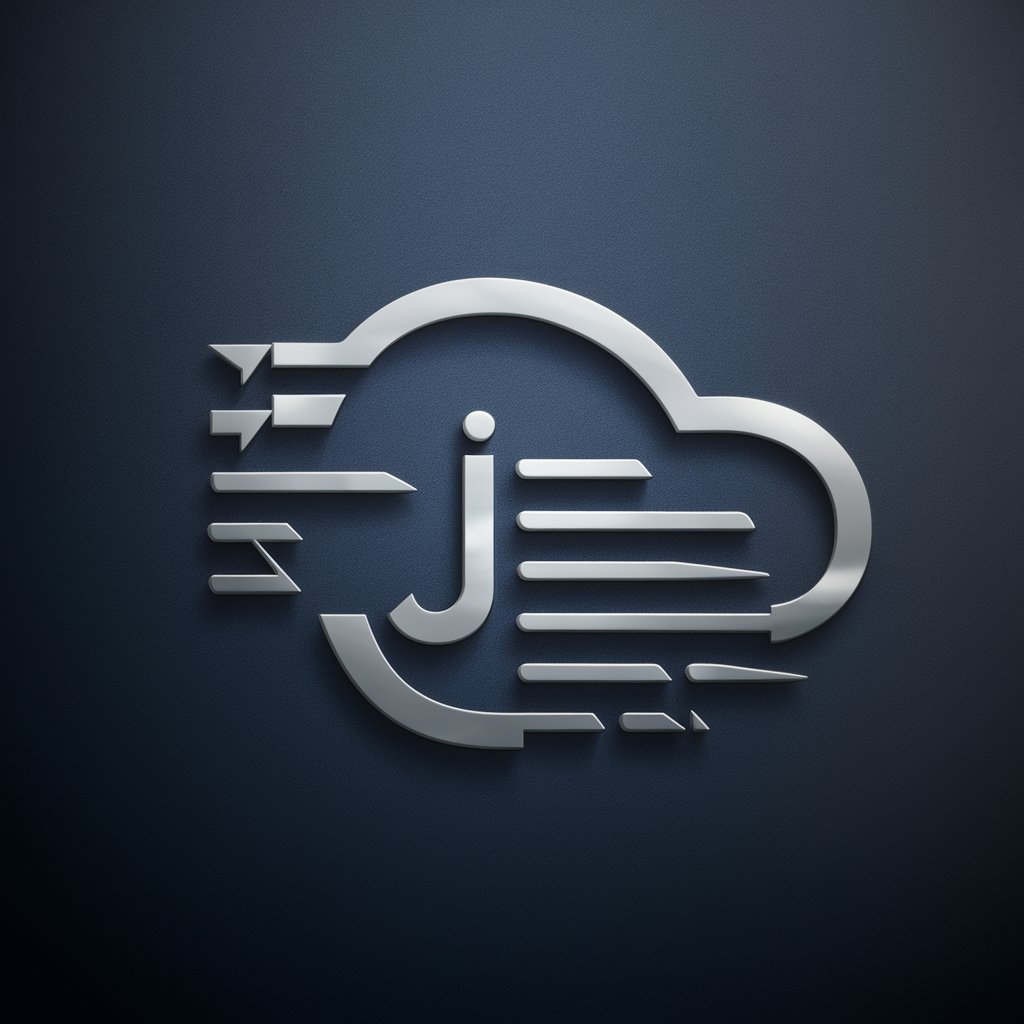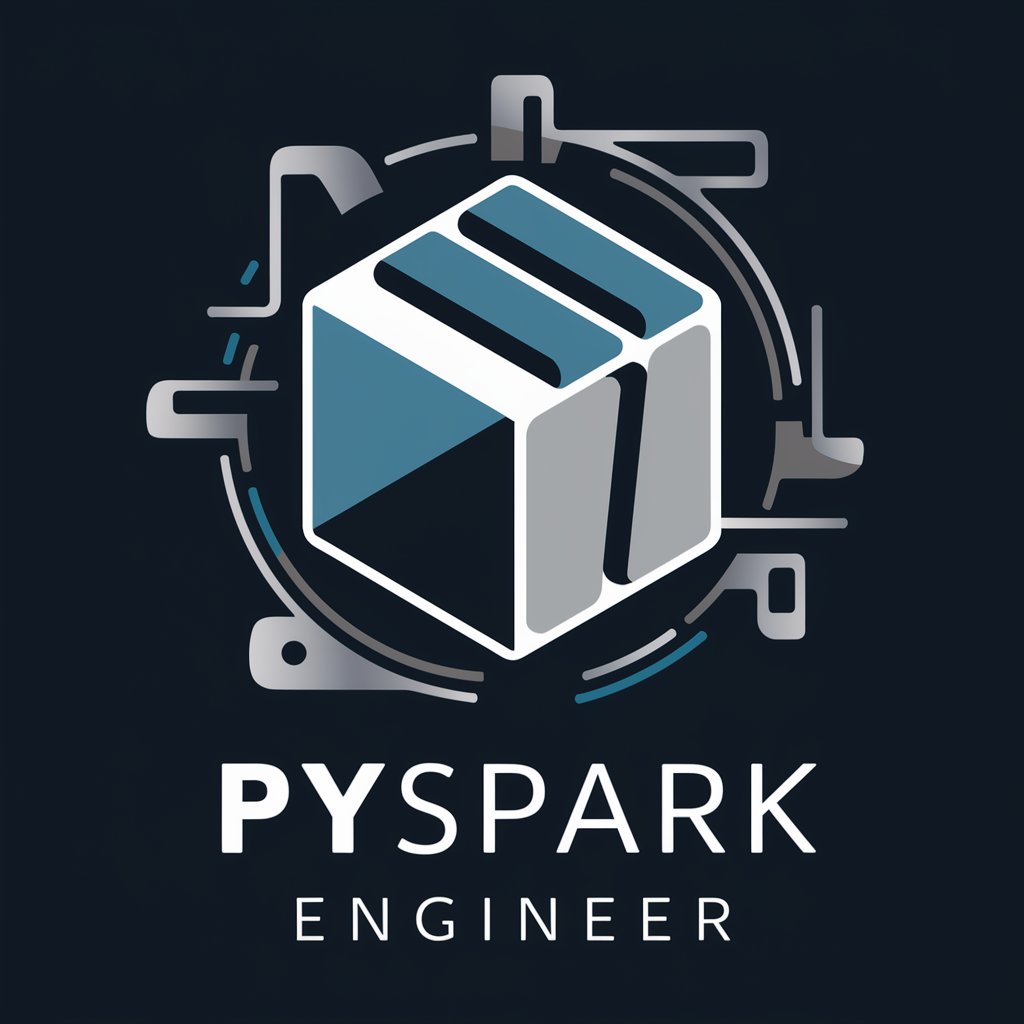
Databricks - Unified Analytics Platform

Empowering collaboration with AI-driven analytics
Get Embed Code
Introduction to Databricks
Databricks is a cloud-based platform designed for big data analytics and artificial intelligence (AI). It provides an integrated environment for data engineering, data science, machine learning, and analytics, built on top of Apache Spark. Databricks aims to simplify the process of working with large datasets, offering scalable and optimized computing power, a collaborative workspace for teams, and a unified platform that supports multiple languages including Scala, Python, R, and SQL. A key feature is its ability to run both batch and streaming data processing tasks, which enables users to analyze and act on data in real-time. Example scenarios include processing log data to understand website user behavior, predicting customer churn using machine learning models, and conducting advanced analytics on financial data to drive investment strategies. Powered by ChatGPT-4o。

Main Functions of Databricks
Data Engineering
Example
Automating ETL processes to clean, aggregate, and store data from multiple sources into a structured data lake.
Scenario
A retail company uses Databricks to ingest sales data from their online and physical stores, cleanse it, and aggregate it for analysis. This streamlined process helps in identifying trends, making inventory decisions, and improving customer experiences.
Data Science and Machine Learning
Example
Developing and deploying machine learning models to predict outcomes based on historical data.
Scenario
A healthcare provider leverages Databricks for developing predictive models to identify patients at risk of chronic diseases early. This is achieved by analyzing historical patient records and lifestyle data, leading to timely interventions and better health management.
Analytics
Example
Running SQL queries and generating visualizations to gain insights into business operations.
Scenario
A marketing agency uses Databricks to analyze campaign performance across different channels. By running SQL queries, they can understand which campaigns are most effective, optimizing marketing spend and strategy.
Collaboration
Example
Providing a shared workspace for data scientists, engineers, and business analysts to work together seamlessly.
Scenario
A multinational company uses Databricks' collaborative notebooks for cross-functional teams to analyze global sales data, share insights, and develop strategies collaboratively, enhancing decision-making processes.
Ideal Users of Databricks Services
Data Scientists and Analysts
Professionals who require an advanced analytics platform for data exploration, visualization, and machine learning. Databricks provides them with a collaborative environment to build and deploy complex models, making it easier to derive insights from big data.
Data Engineers
Individuals focused on the technical aspects of data management, such as building and optimizing data pipelines. Databricks offers powerful tools for automating data ingestion, storage, and processing, enabling engineers to manage data at scale efficiently.
Business Analysts
Professionals who need to understand data trends and generate reports to guide business decisions. With Databricks, they can easily access and analyze data, create visualizations, and share findings with stakeholders.
IT and DevOps Teams
Teams responsible for managing infrastructure, security, and compliance. Databricks' cloud-based platform simplifies these tasks by providing a secure, scalable, and managed environment, allowing IT and DevOps teams to focus on strategic initiatives.

How to Use Databricks
Access Free Trial
Start by visiting a platform that offers a free trial of Databricks without the necessity of logging in or subscribing to a premium service.
Set Up Environment
Create a workspace and set up your Databricks environment. This includes configuring clusters, databases, and storage systems as per your project requirements.
Explore Databricks Notebooks
Utilize Databricks notebooks to write and execute code in multiple languages (e.g., Python, Scala, SQL). Notebooks support collaboration, making it easier to share insights and results.
Analyze Data
Leverage Databricks for data processing and analysis. Use the platform's powerful analytics tools for data exploration, visualization, and building machine learning models.
Optimize Workflows
Implement best practices for efficient workflow management. Schedule jobs, monitor performance, and apply optimization techniques for better resource management and cost efficiency.
Try other advanced and practical GPTs
Organic Chemistry Synthesis Assistant
AI-driven organic synthesis insights

Blót I - Dreams of Chaos
Revolutionize Your D&D Adventures with AI
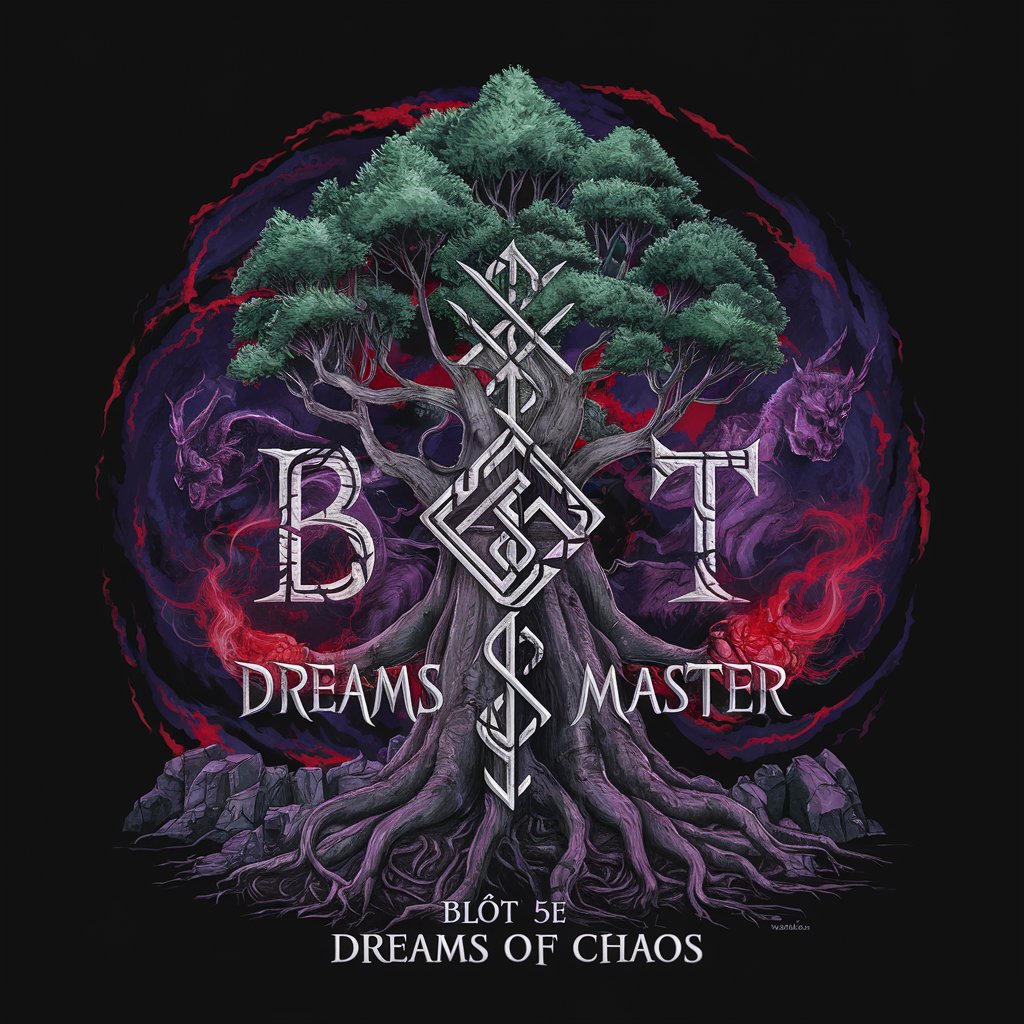
王一博
Experience Wang Yibo's World Through AI

Viral Singularity
Unleashing AI-powered Unfiltered Humor

Data Science Mentor
Empowering your data science journey with AI.
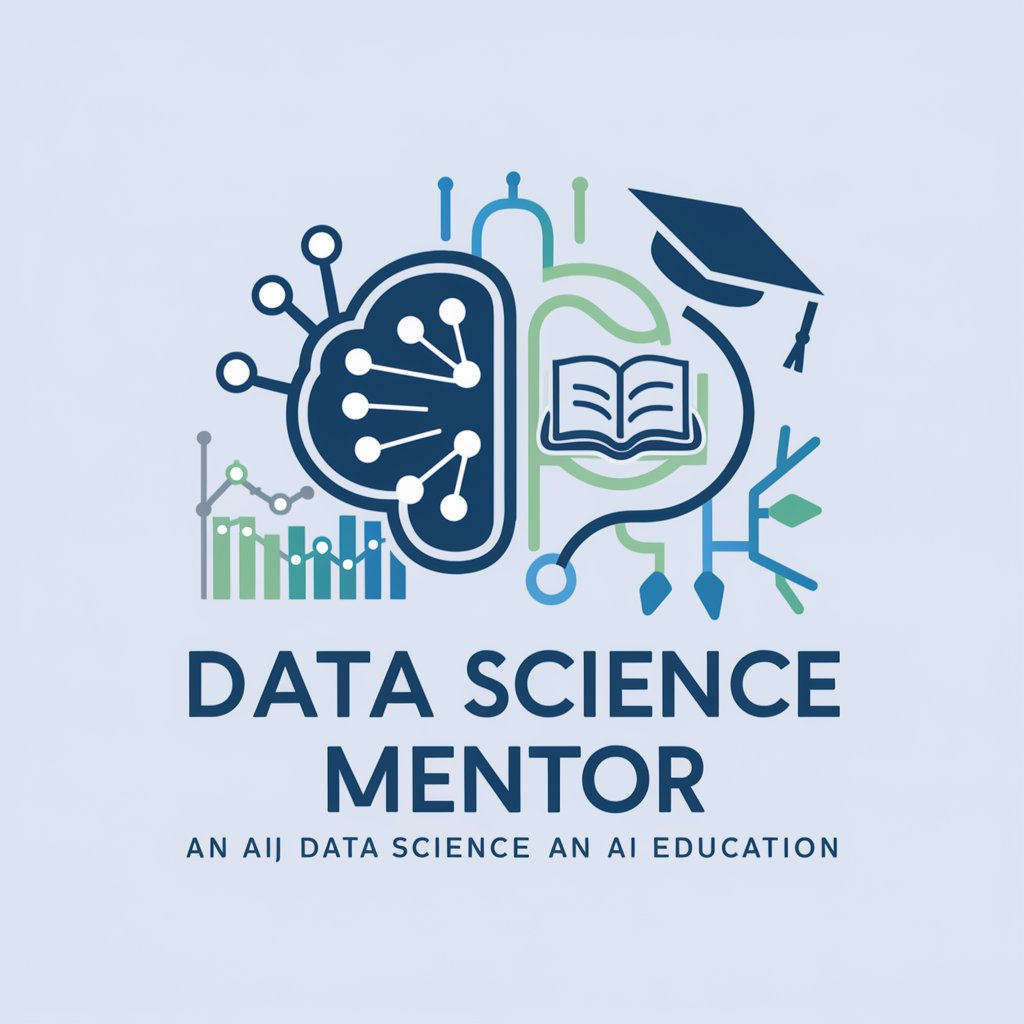
PsychiatryPro AI
Integrating AI for Enhanced Mental Health Insights
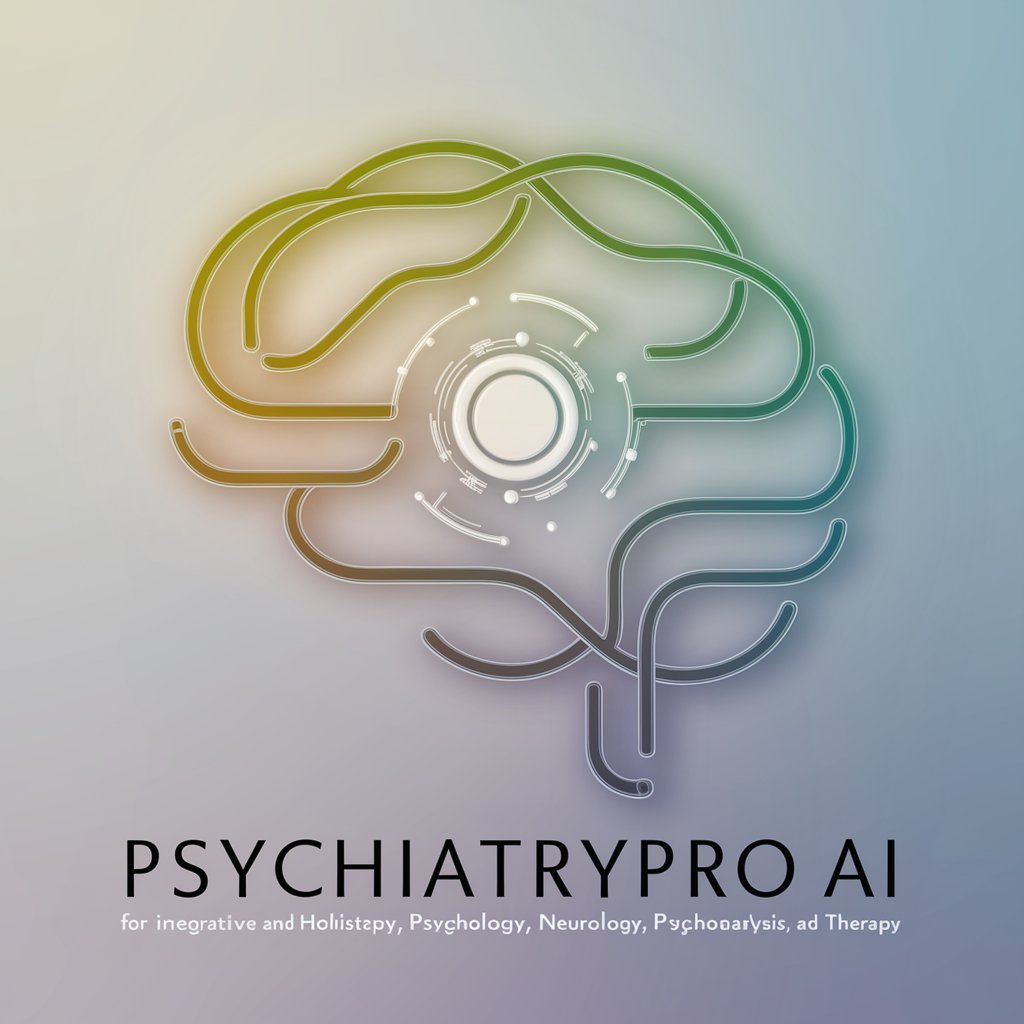
Civil Engineering GPT
Revolutionizing Civil Engineering with AI Insight
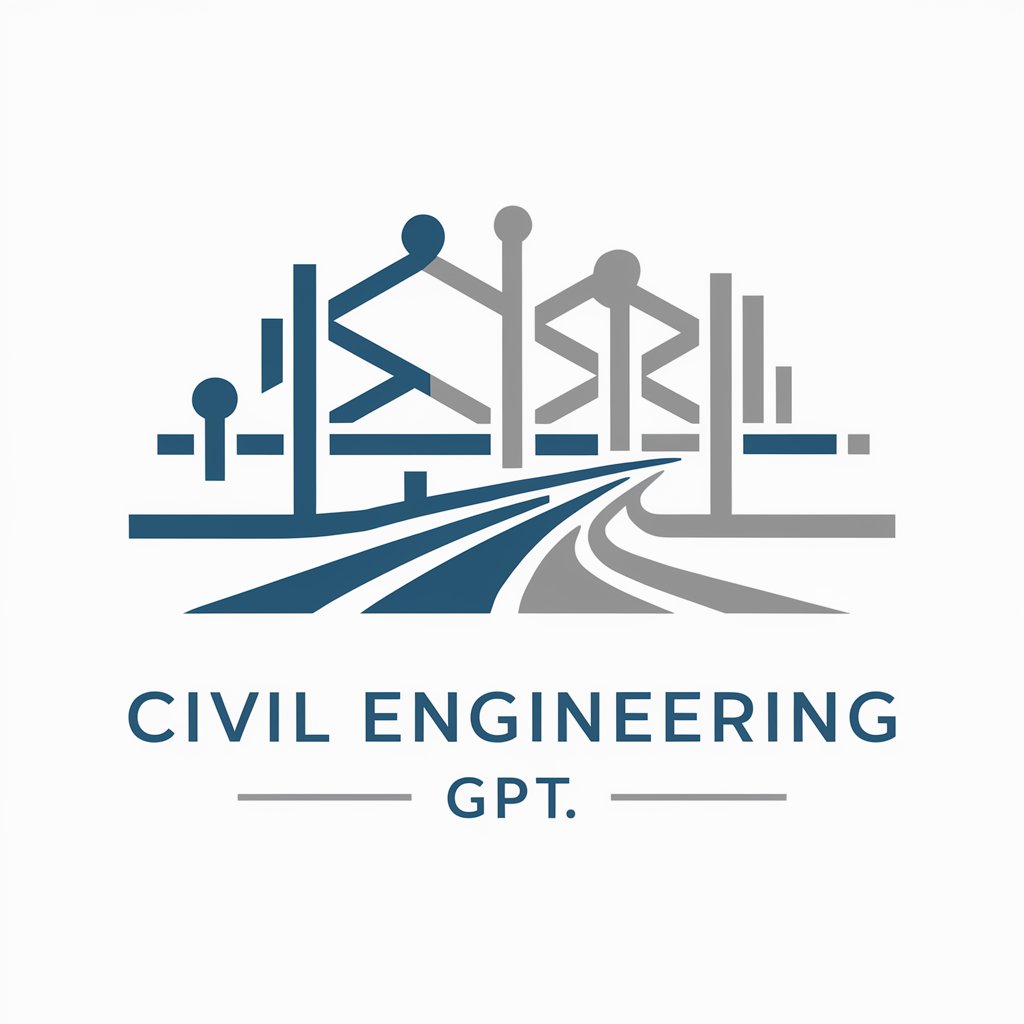
Intentional Eden
Empower Your Intentions with AI

PósMedicinaBR
Empowering Medical Research with AI

Inner-Mongolia Culinary Guru
Discover Authentic Inner-Mongolian Cuisine with AI

Rage Debater
Clash with AI, Forge your Argument

Dungeon Crawler
Explore the cosmos with AI-powered imagination.
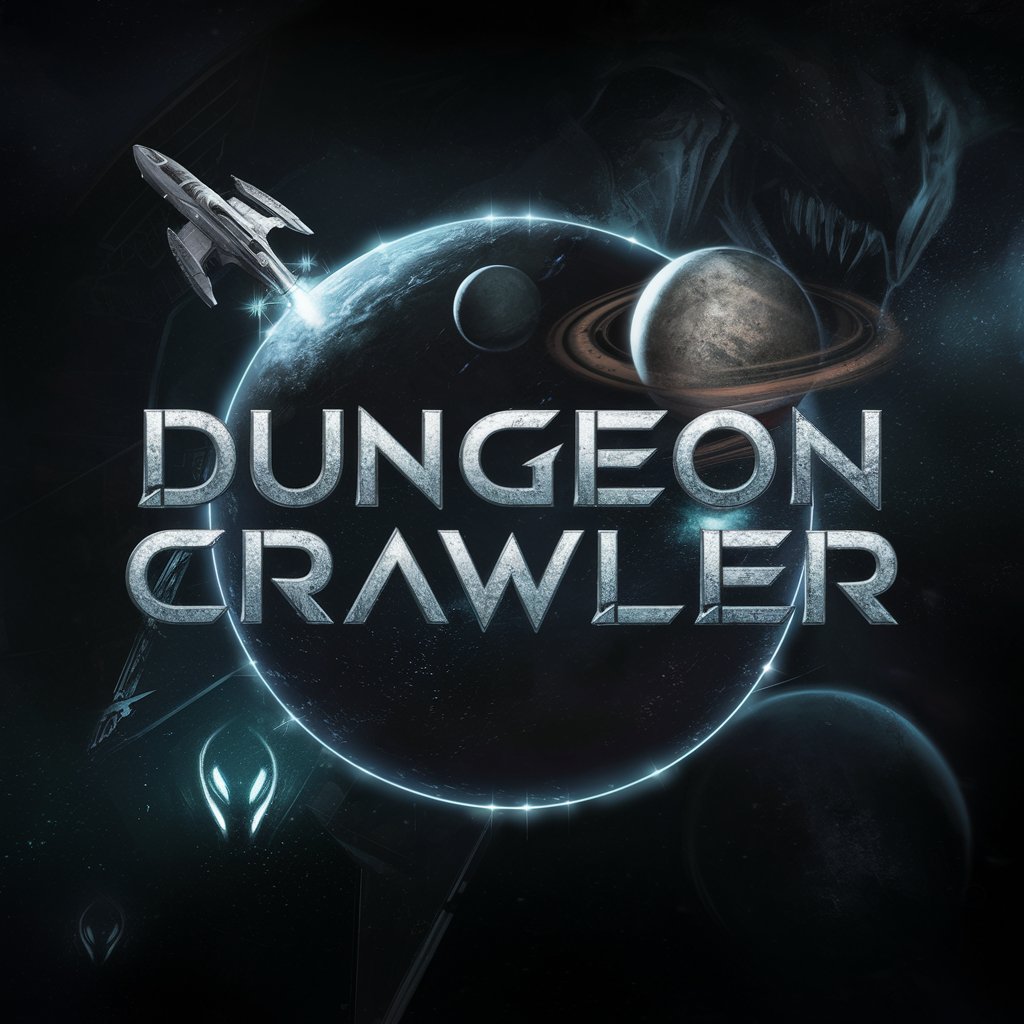
Databricks Q&A
What is Databricks primarily used for?
Databricks is primarily used for big data processing and analytics, machine learning model development and deployment, and collaborative data science. It provides a unified analytics platform to simplify the process of exploring, visualizing, and processing big data.
How does Databricks integrate with other cloud services?
Databricks integrates seamlessly with various cloud services, including storage (e.g., AWS S3, Azure Blob Storage), compute resources, and other data services, facilitating an interconnected ecosystem for data engineering and analytics.
Can Databricks handle real-time data processing?
Yes, Databricks can handle real-time data processing using structured streaming. It allows for the processing of live data streams and supports event-driven applications, making it suitable for real-time analytics and continuous applications.
What languages does Databricks support?
Databricks supports multiple programming languages, including Python, Scala, SQL, and R, offering flexibility in coding and facilitating a wide range of data science and engineering projects.
How does Databricks ensure data security and compliance?
Databricks ensures data security and compliance through features like role-based access control, encryption in transit and at rest, audit logging, and compliance certifications (e.g., GDPR, HIPAA), providing a secure environment for data analytics.
